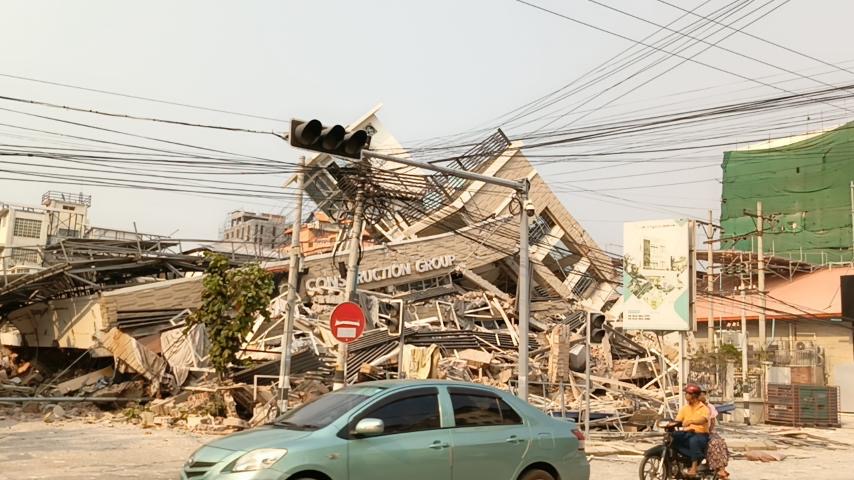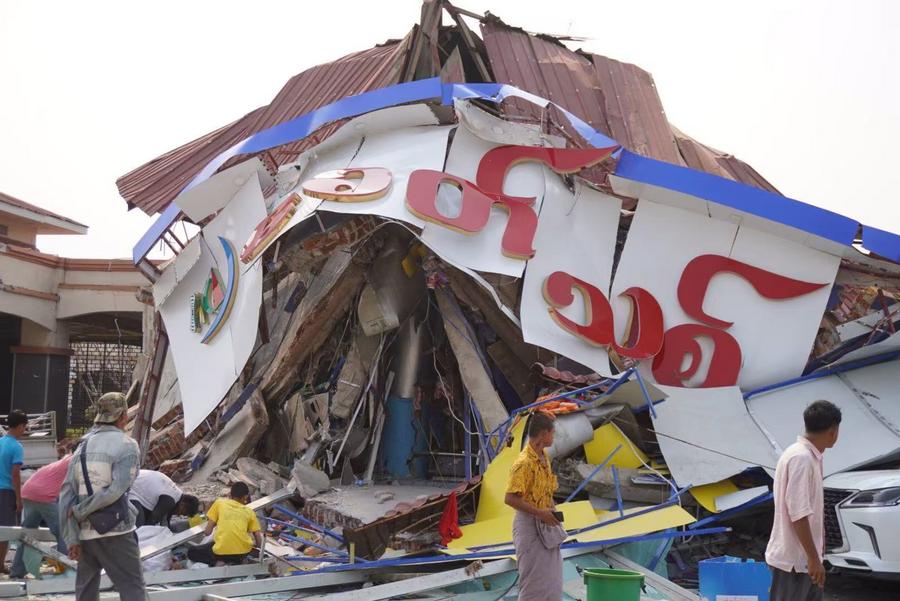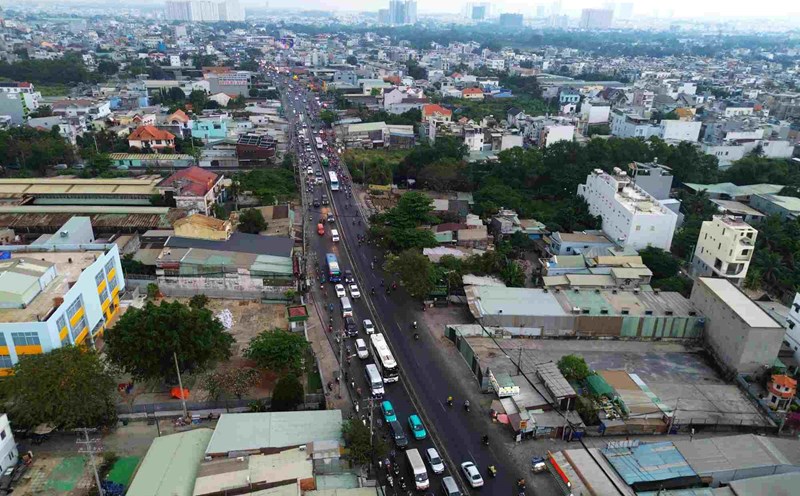On March 29, the US Geological Survey (USGS) forecast that there could be 10,000 to 100,000 deaths after the 7.7 Richter earthquake near Mandalay, Myanmar on March 28 and was felt in neighboring countries such as Thailand, Vietnam, and China.
As of March 30, the confirmed death toll in Myanmar has reached at least 1,644 people with more than 3,400 injured, according to AFP.
Difficulties in traveling across Myanmar - which is still in civil war - have raised concerns that the death toll could rise significantly.
The earthquake occurred at midday on March 28 near Mandalay, followed by a remnant of the earthquake - including a strong 6.4 term richter - that collapsed buildings, bridges and damaged roads.
The International Red Cross Society in Myanmar told the BBC that more than 18 million people are living in the affected area and many will be without safe shelter, clean water or reliable health care services.

Myanmar has declared a state of emergency across six areas most severely affected by the earthquake, while in neighboring Thailand, Bangkok authorities said at least 10 people were killed, 26 injured and 47 missing.
In the update at 6:51 a.m. on March 29 GMT (13:51 a.m. Vietnam time), the USGS said there was a 24% chance of 1,000 to 10,000 deaths and a 35% chance of 10,000 to 100,000 deaths due to earthquakes.
There is also a 32% chance of the death toll exceeding 100,000, according to the USGS, noting that the population in the affected areas mainly lives in earthquake-prone structures, although there are solid structures.
The Geological Survey said most vulnerable buildings are made of materials such as metal, wood and built with unfortified bricks.
The USGS stressed: "There is a possibility of major casualties, severe damage and possible disaster spreading."
"When a major earthquake occurs in an area of more than 1 million people, many of them live in vulnerable buildings, the consequences can often be catastrophic," said Brian Baptie, a seismologist at the Geological Survey of England.
In Myanmar's capital Naypyidaw, rescue teams are repairing damaged roads, while electricity, phones and Internet services are still cut off.

The civil war that has been going on since 2021 has left Myanmar without infrastructure to cope with such natural disasters. The lack of machinery has forced survivors to dig up soil by hand to try to rescue those still trapped under the rubble.
"There were so many piles of rubble and no rescue team came to save us," Htet Min Oo, 25, a survivor of the earthquake, told Reuters in Mandalay, saying several family members were still trapped under a collapsed building.
Meanwhile, in Amarapura, a town in Mandalay city, a rescue worker said he was trying to reach 140 monks still trapped under the rubble.
Several countries have deployed rescue teams to Myanmar after the country's military authorities called for help.
The Chinese rescue team was the first international rescue team to reach Myanmar's largest city, Yangon, on the morning of March 29, according to China's state broadcaster CCTV.











